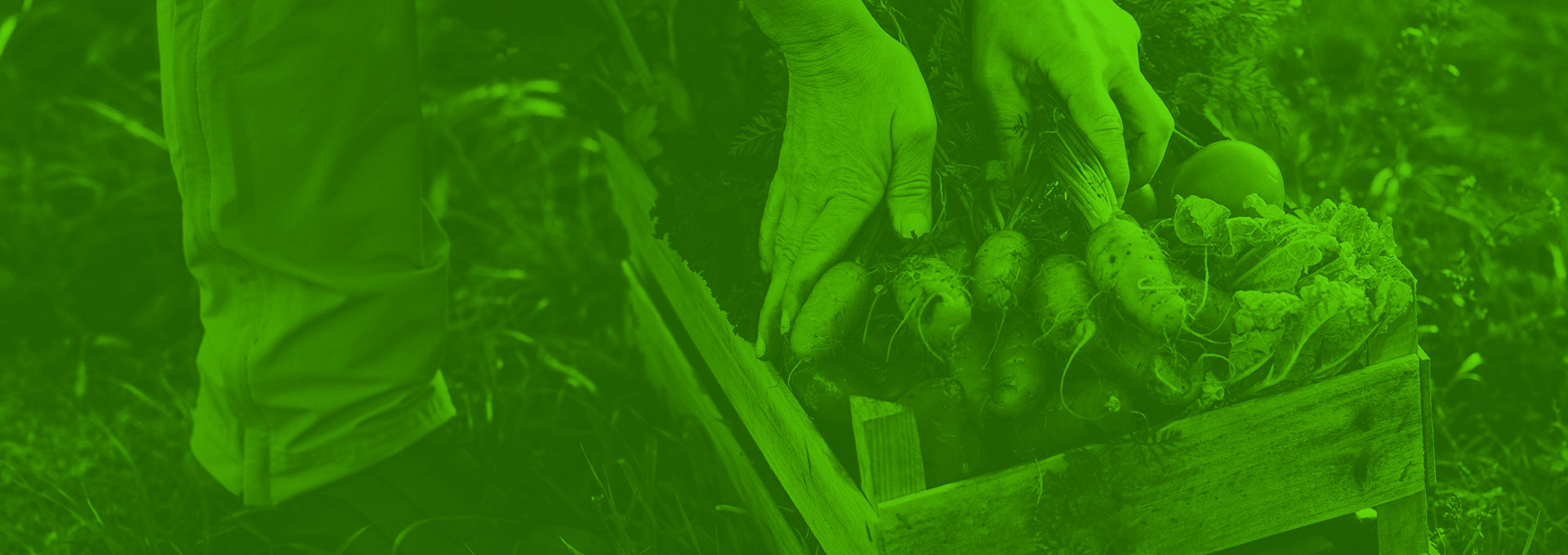What is Fair Trade?
Fair Trade is a network of producers, consumers, companies and advocates focused on sustainability and putting the planet first. Through Fair Trade Certification, the mission is simple: To help people make conscious buying decisions that protect the planet and workers. Specifically, here’s the Fair Trade mission statement:
“Our mission is to connect disadvantaged producers and consumers, promote fairer trading conditions and empower producers to combat poverty, strengthen their position and take more control over their lives.”
Fair Trade Certification and Seal
If a product has been certified by Fair Trade it will have a certification sticker on its packaging. A fair trade certification sticker means that the product has been vetted to make sure that it was produced with safe working conditions, environmental protection, sustainable livelihoods, and community development funds. Fair trade also helps developing countries achieve sustainable and equitable trade relationships.
Fair Trade History
The Fair Trade movement began in the 1950s when Europeans and Americans traveled to developing countries and noticed farmers struggling to pay for the costs to run their businesses. In the 1990s, Fair Trade USA Founder, Paul Rice became involved with coffee bean farmers in Nicaragua and created standards governing Fair Trade, this is what became known as the Fair Trade Certification. Today, Fair Trade has about 130 employees and is a very prevalent non-profit organization responsible for setting trade standards, certifying and labeling products that have been vetted to promote sustainable livelihoods for farmers and workers that protect the environment. Fair Trade has great potential to grow as consumer awareness for Fair Trade certified products is at 63%, nearly double what it was in 2008.[/vc_column_text][/vc_column][/vc_row]
Source: Fair Trade Advocacy Office
Fair Trade Certification
The Fair Trade organization breaks down the process of becoming Fair Trade Certified as follows:
STEP 1
The first step to becoming Fair Trade certified is to get in contact with the Fair Trade team. Their team will work to better understand your company’s supply chain needs as well as launch a plan to get certified. Here’s how to contact the right Fair Trade team for your location.
STEP 2
After contacting Fair Trade, it is time to submit an application, this is done through a third party auditor called FLOCERT. Through the application process, your company’s supply chains will be vetted to ensure that they are sustainable. If the supply chain is not certified under FairTrade, they will offer help to tap into a certified supply chain. At this stage, your company will get a “Permission to Trade” which will allow you to source FairTrade certified goods.
STEP 3
The third step of the process is to label your product packaging with the FairTrade certification seal. During this step, your company will get a licensing contract and FairTrade will work with you to launch your certified products.
STEP 4
Once your brand is now Fair Trade certified, it’s time to promote your accomplishments. With a Fair Trade certification, your company has access to the Fair Trade marketing team who will support you in enhancing your impact on ethical sourcing and trade practice.
Benefits of Fair Trade
Fair Trade began with a fundamental belief: “When you treat farmers and workers fairly, everyone benefits.” Fair trade helps businesses source products that are ethically and sustainably produced while giving consumers confidence that the people behind the products they buy get a fair deal for their hard work. The benefits of Fair Trade can be broken down into business, worker, and consumer benefits.
Business Benefits
As a business, becoming Fair Trade certified allows a broader reach of product, 86% of millennials look for products from equitable and sustainable sources and having a Fair Trade certification sticker on your product packing will help marketing and growing your customer base. Fair Trade also offers financial benefits for businesses in developing countries. Since 1999, farmers and fishermen have benefited financially approximately $846 million from Fair Trade.
Worker Benefits
Fair Trade certified products ensure equitable trade and working conditions at all levels, from governments to corporate entities to the workers themselves. Buying Fair Trade Certified products allows you to make an impact on the people on this planet, reducing poverty, ensuring safe working conditions and stable pay. Last year alone, Fair Trade worked to help over 975,000 farmers in 62 countries. One example of how Fair Trade can help farmers and fishermen is by passing down revenue from licensing fees to Fair Trade Communities. The revenue from fair trade also directly promotes the development of women by encouraging female leadership and protecting women’s rights by ensuring protection and guaranteeing living wages for women around the world. Fair Trade also prohibits products sourced from involuntary child and slave labor.
Consumer Benefits
As a consumer, you can also stand to benefit from Fair Trade practices. One way this can happen is because Fair Trade sets standard prices for their certified products which ensure the buyer is paying a fair price. Fair Trade Products are also much healthier, they are GMO free and produced with limited amounts of pesticides. Lastly, Fair Trade means sustainable, environmentally conscious procedures are encouraged and enforced all along the supply chain. This helps minimize environmental footprints and reduce environmental degradation like clear cutting or habitat destruction.
Fair Trade Certification Summary
When you see a product with the Fair Trade Certified seal, you can be sure it meets rigorous social, environmental, and economic standards including:
- Safe working conditions
- Environmental protection
- Sustainable livelihoods
- Community development funds
Fair trade certification is a win for all stakeholders – workers, communities, businesses, consumers, the planet – and when combined with other sustainability accreditations, you are raising the standard for your industry and showing what it means to be a green business leader.



